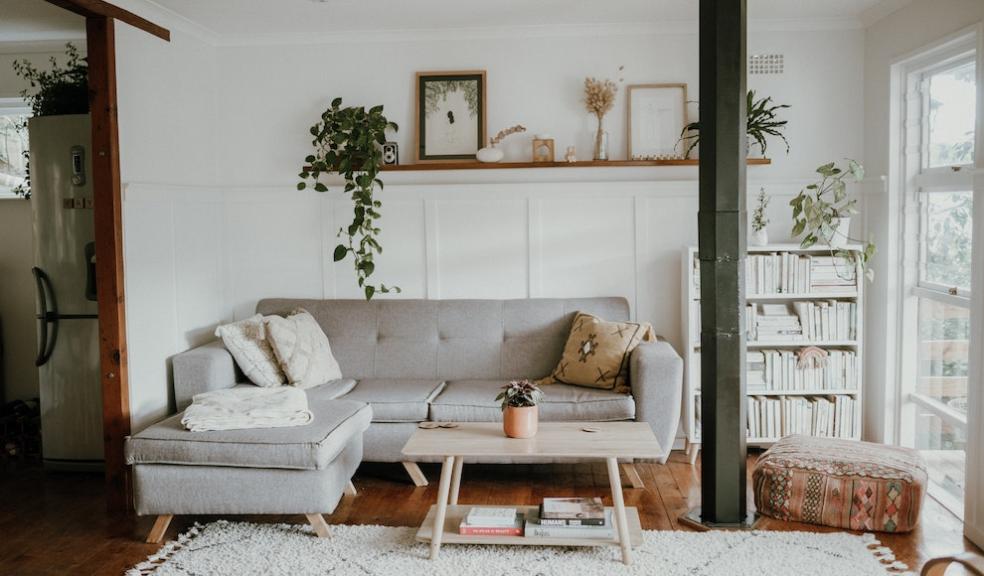
Farmhouse Chic Is In – and How to Incorporate this Aesthetic into Interior Design
Interior design and décor trends change year in, year out. A few aesthetics seem to remain in fashion for years or even decades, but others chop and change, weakening in popularity for a while before making a comeback.
One of these popularised styles currently making waves in the home design world is the farmhouse style – here’s an overview of this particular interior décor choice and tips on incorporating it into a home.
What Is “Farmhouse” in Interior Design?
Farmhouse style, aka farmhouse chic, is a wide umbrella. On the whole, though, it’s divided into two notable sub-styles – modern farmhouse and traditional farmhouse.
Traditional Farmhouse
The traditional farmhouse aesthetic (sometimes referred to as “classic farmhouse”) comprises that cosy rustic country look – think vintage furniture, antique pieces, timeless patterns, and rich colours. Plaid is commonplace, while handcrafted features within the home, such as wooden furniture, are focal points offering style and functionality. Houses under this design choice typically showcase deep hues, such as dark blues, earthy greens, burgundy shades, and brass finishings.
Modern Farmhouse
Modern farmhouse takes the classic functionality and beauty of traditional farmhouse and brings the design into the 21stncentury. It’s still somewhat old-fashioned yet spruced up with the comforts and styles of the modern world.
Modern farmhouse interiors typically entail neutral colours rather than dark tones, utitlise clean lines, and are complemented with a few contemporary touches. This style is often compared to Scandinavian interior design, but it does also take other sub-forms, too, such as coastal, ultra-modern, and French farmhouse aesthetics.
Plus, some contemporary farmhouses feel akin to an early American home in a way, properties reminiscent of colonial times wherein the craftmanship and décor are a little less intricate (but still just as stylish).
What Makes a Modern or Traditional Farmhouse?
Modern and traditional farmhouse homes tend to feature readily available materials, from stone to wood, which are purposed to afford functionality, comfort, and style. Often, properties exhibiting both types of farmhouse chic today do so with neutral shades in lieu of the old-world darker hues – but that’s not always the case. Items within are synonymous with simplicity, too, finalised by rustic touches to emphasise the authentic farmhouse appeal that blends seamlessly with mod-cons.
For example, many modern farmhouse living spaces feature a large, cosy light-coloured sofa and a basic coffee table fabricated from natural wood. Older properties fortunate enough to be blessed with exposed wooden beams always enjoy the maximum effect, though these may be painted white or cream within a modern farmhouse home instead of being left as their former natural colours.
Furthermore, many modern farmhouses incorporate classic-looking fireplaces and log wood burners – not only to keep the place toasty in winter but also to amplify the farm aesthetic since traditional farms (and old abodes in general) would usually feature these centrepieces. UK homes looking to replicate this and install (and maintain) these types of fireplaces and wood burners would do well getting them professionally installed and cleaned – specialists like Sooty and Sweeps offer these types of services.
In contrast, traditional farmhouses boast more patterns, colours, and vintage or antique furniture and décor, using more rustic items throughout. Newer versions of these homes tend to inject these with a modern twist – contemporary wooden floors and appliances, neutral palettes, and traditional farmhouse colours used minimally, perhaps as accents in dark greens and blues.
Features to Create the Farmhouse Style
There’s no one-size-fits-all in creating a farmhouse. But a few key features and style points make this aesthetic what it is – and many are simple to include in the design. Typically, most farmhouses have several or all of the following:
- Neutral colors
- Exposed wooden beams
- Shiplap panelling
- Reclaimed wood
- Barn doors
- Vintage or antique furniture and pieces
- Open shelves
- Plants as accents
Include these elements in a wannabe farmhouse, and it will definitely be.









